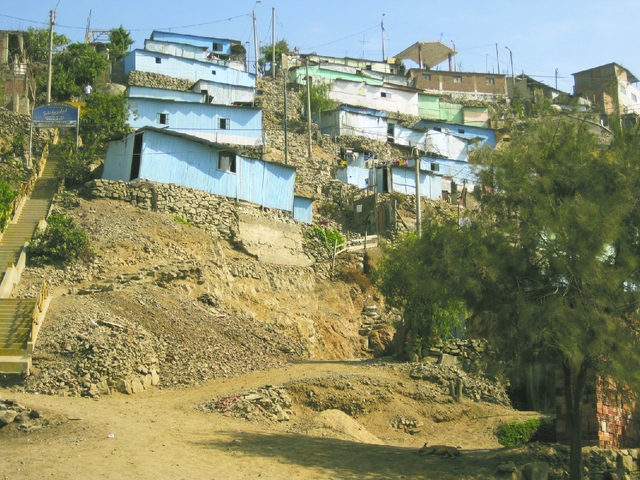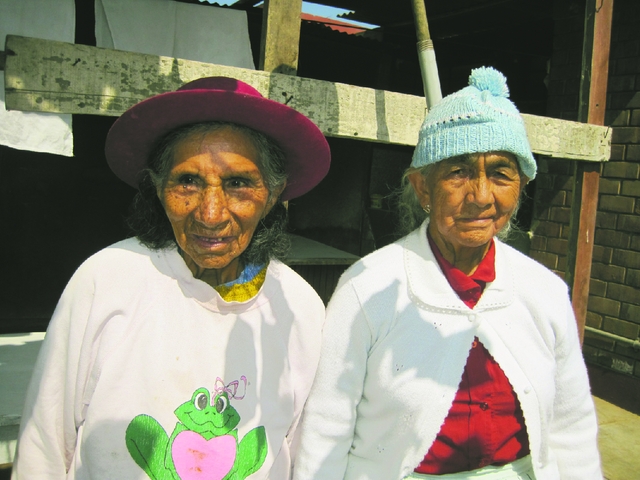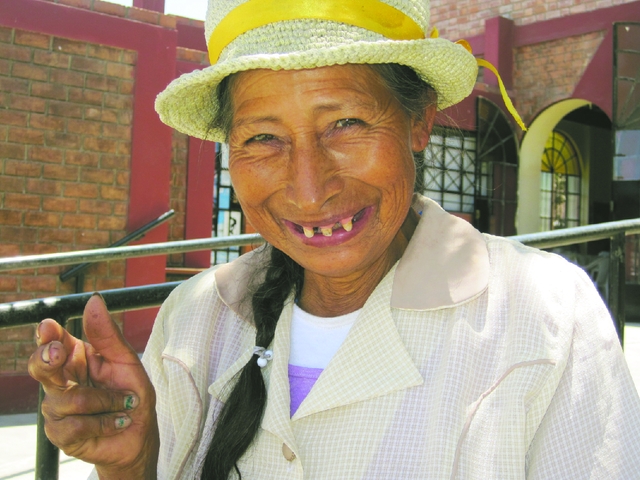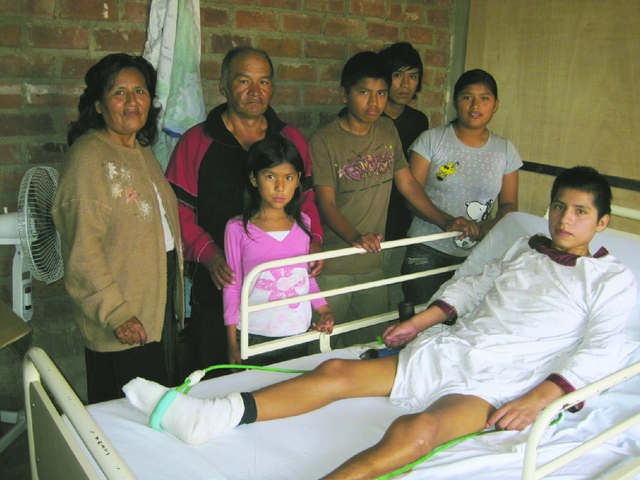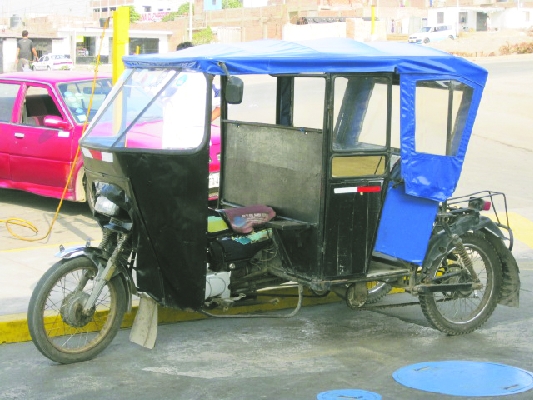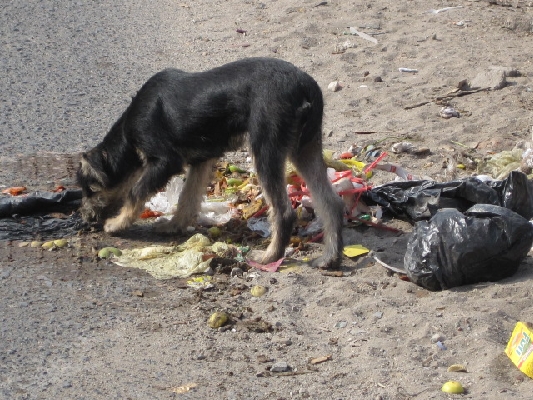The Barrio Land Grab
Los Martincitos
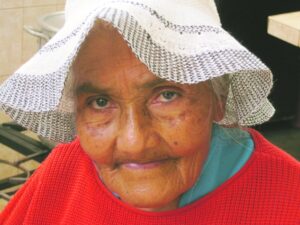 Ilene Style
Ilene Style
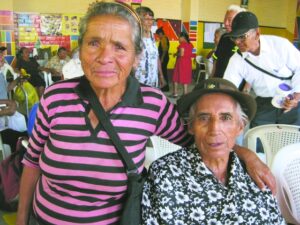 Ilene Style
Ilene Style
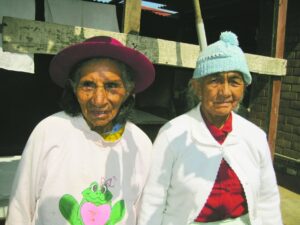 Ilene Style
Ilene Style
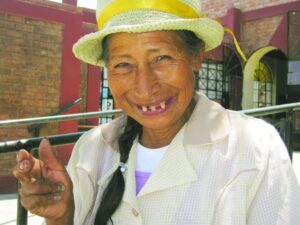 Ilene Style
Ilene Style
The Work Of Hermana Jacci
 Hermana Jacci (bottom right) and a few of the Los Martincitos abuelas
Ilene Style
Hermana Jacci (bottom right) and a few of the Los Martincitos abuelas
Ilene Style
Passover In Peru
Seder In Lima
Pablo
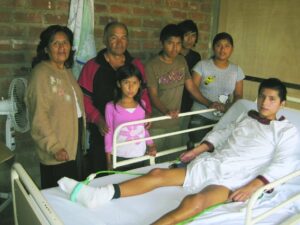 Pablo y su familia
Ilene Style
Pablo y su familia
Ilene Style
Petrona
 Petrona’s granddaughter poses with her most prized possession, a Barbie backpack.
Ilene Style
Petrona’s granddaughter poses with her most prized possession, a Barbie backpack.
Ilene Style
English Lessons
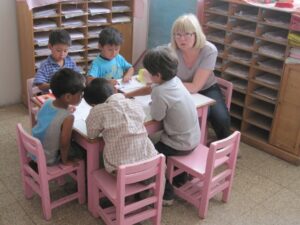 Voluntaria Margaret teaches English to los niños.
Ilene Style
Voluntaria Margaret teaches English to los niños.
Ilene Style
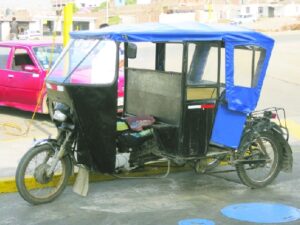 To ride in a mototaxi is to toy with your life.
Ilene Style
To ride in a mototaxi is to toy with your life.
Ilene Style
Adios, Peru
“If you don’t do something that you’ve never done before, your worldview will be too limited to inspire real change.”—Steven Covey My e-mail list grew exponentially as friends kept asking me to add people after they started receiving my updates from Peru. The question I was asked the most was: How can I help? Most gratifying of all was that so many of my e-mail recipients did help by donating to Los Martincitos. The senior center was so short on funds a few months ago that they almost had to close. Thank you, amigos, for preventing this from happening.Volunteering is a wonderful way to give of yourself. It teaches you that your value does not lie in how much money you make, who you know or what office you hold. Contributing to a fellow human teaches you empathy on a whole new level. Improving another life is not only a gift to that person, but to you. You may not save the world by volunteering, but you will absolutely touch a soul.
